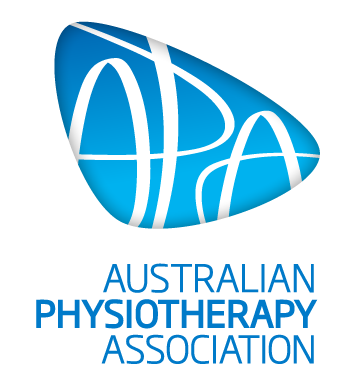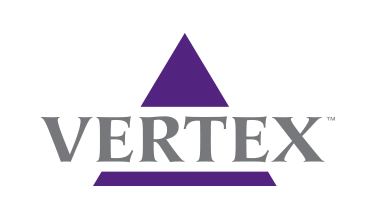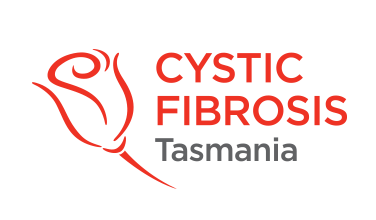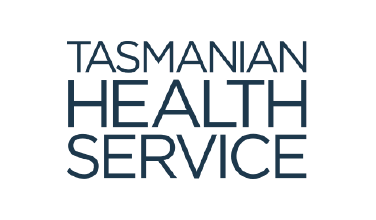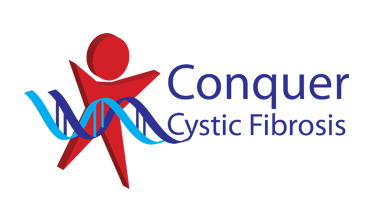Cleaning and Maintenance of Equipment
Cleaning and looking after your inhalation therapy equipment is very important. Good cleaning habits will help to stop bacteria, and fungi growing in your devices and possibly entering your airways. Looking after your inhalation therapy equipment is important to make sure they continue to work the best for you. Every piece of inhalation therapy equipment has different cleaning recommendations, and it is important that the instructions for cleaning are followed. Instructions should be available with all products, check the manual for these instructions. If you are unsure of how to clean and maintain your equipment please discuss with your CF physiotherapist.
Inhalation therapy equipment should be stored away from areas that are more likely to create dust, mould or mildew build-up. Equipment should be replaced if faulty, broken or visibly damaged. Talk to your physiotherapist if your equipment is not working.
Please refer to the product manuals for instructions on the cleaning of your equipment.
It is essential that individuals become familiar with the specific product information and cleaning recommendations for their own devices. Some general advice is included below:
Dry Powder Inhalers
Dry powder inhaler devices (e.g. those used with bronchitol and the TOBI podhaler) are supplied with the medication and are disposed when you receive your next device with the next box of medication.
Do not wash these inhalers, they should be kept dry and clean by wiping with a clean cloth between uses. Another way of keeping the device moisture free is by not breathing back into the device. Inhale the powder, then remove the device from your mouth before breathing out.
Nebulisers
Individuals should be aware of the possibility of contamination of nebuliser equipment and the risk this poses to their health.
It is generally recommended that nebulisers should be cleaned daily and disinfected weekly to prevent acquisition of infection. Check product information for specific recommendations, and talk to your CF physiotherapist if you are unsure.
It is also important that nebuliser pots be replaced regularly according to manufacturer’s guidelines (usually between 6 and 12 months).
Cleaning and maintenance of airway clearance devices and nebulisers.
Cleaning your airway clearance devices and nebulisers is very important. Good cleaning habits will help to stop bacteria growing in your devices and possibly entering your airways. Looking after your airway clearance devices and nebulisers is important to make sure they are working best for you.
Airway clearance and nebuliser equipment should be stored away from areas that are more likely to create dust, mould or mildew build-up. Equipment should be replaced if faulty, broken or visibly damaged. Talk to your physiotherapist if your equipment is not working.
Please refer to the product manuals for instructions on the cleaning of your equipment. However, general principles for equipment cleaning include:
Cleaning after you have used the equipment:
- Take the device apart
- Wash all the pieces in warm soapy water
- Rinse with fresh water
- Shake excess water from each piece of the device
- Place pieces on a clean dry towel or dish rack and leave to air dry
Weekly sterilisation (be sure to check product descriptions and instructions):
There are several ways in which to sterilise the device. These include:
- Boil all parts of device in rapidly boiling water for 10-15mins OR,
- Use a baby bottle sterilising device (avoiding microwave devices especially if your device has metal parts to it).
Storage of devices
Store your devices in a clean, dry covered container. Regularly wash and dry this container.
At least once a year your physiotherapist should review your equipment and your techniques for airway clearance and nebulisation. Ask for more regular reviews if you have questions or if you don’t think the equipment is working well for you.


